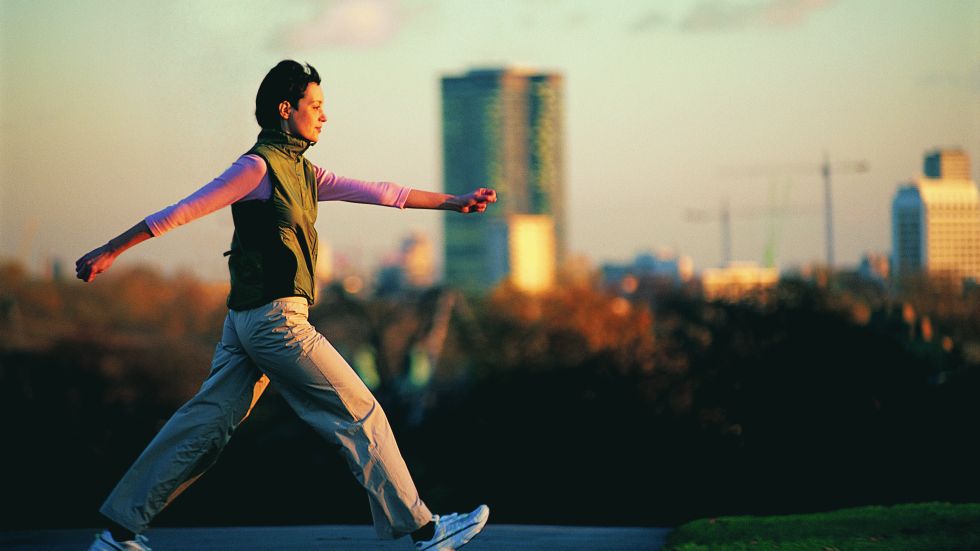Introduction
Hi everyone! I’m Sarah, a certified physical therapist with over 15 years of experience working with older adults. I see firsthand how fear of falling can limit mobility and independence. But the good news is, there’s a simple, accessible solution: walking for balance!
This article is your guide to incorporating balance-boosting walks into your daily routine. We’ll explore safe walking strategies, practical exercises, and helpful tips to keep you strolling with confidence.
Why Walking is Wonderful for Balance
As we age, our balance can naturally become less steady. But the good news is, walking is a fantastic way to combat this. Here’s how:
- Strengthens Leg Muscles: Walking works the muscles in your legs, especially your quads, hamstrings, and calves. Stronger legs provide better support and stability for your entire body.
- Improves Coordination: Walking requires coordinated movements between your legs and upper body. Regular walks can help sharpen these connections and improve your overall balance.
- Increases Sensory Awareness: When you walk, your body receives information from your muscles, joints, and inner ear. This sensory input helps your brain maintain a sense of equilibrium and adjust your movements for better balance.
Pre-Walk Preparations: Safety First!
Before you embark on your stroll, keeping safety in mind is crucial. Here are some key tips:
- Comfortable Shoes: Invest in a good pair of walking shoes with proper arch support and good traction. This will help prevent slips and falls on uneven surfaces.
- Doctor’s Consultation: If you have any health concerns, especially heart conditions or joint pain, consult your doctor before starting a new exercise program. They can advise you on safe walking practices and modifications if necessary.

Stepping into Stability: Walk Like a Pro
Now that you’re prepped, let’s get your walking posture on point for optimal balance:
- Head Held High: Imagine a string gently pulling the crown of your head upwards. This helps keep your spine aligned and improves balance.
- Shoulders Back and Relaxed: Avoid hunching your shoulders. Keep them relaxed and pulled back slightly for better posture and stability.
- Engage Your Core: Tighten your abdominal muscles slightly to support your lower back and improve overall body control.
- Short, Controlled Steps: Take shorter steps than you might naturally and focus on controlled, smooth foot placement.
- Fixed Point Ahead: Find a point a few feet in front of you to focus on as you walk. This helps maintain a steady gaze and improves balance.
Take it Up a Notch: Exercises for Enhanced Balance
Once you’re comfortable walking with good form, you can incorporate some simple exercises to further challenge your balance:
- Heel-Toe Walking: Walk heel-to-toe, placing your heel of one foot directly in front of the toes of the other foot. This improves coordination and balance.
- Side Shuffles: Stand with your feet shoulder-width apart and take small steps to the side, keeping your feet flat on the ground. This strengthens your core and improves side-to-side balance.
- Single-Leg Stands: Hold onto a sturdy object for support and lift one leg off the ground for a few seconds. Repeat on the other side. This strengthens your leg muscles and improves balance on one leg.
Finding Your Walking Partner
Consider recruiting a walking buddy! Here’s why it’s a great idea:
- Motivation: Having a friend to walk with can provide encouragement and help you stay accountable.
- Safety: Walking with someone can be especially helpful if you have any concerns about falling.
- Social Interaction: Walking with a friend adds a social element to your exercise routine, making it more enjoyable.
Keeping the Momentum Going: Making Walking a Habit
Building walking into your daily routine is key to reaping the long-term benefits for balance. Here are some tips:
- Set Realistic Goals: Start with short walks, like 10-15 minutes, and gradually increase the duration as you get stronger.
- Find Scenic Paths: Choose walking routes you find enjoyable, whether it’s a park with nature trails or a path around your neighborhood.
- Track Your Progress: Use a pedometer or fitness tracker to monitor your walking distance and stay motivated by seeing your progress.
Walk Your Way to a Stronger, More Confident You!
Walking is a simple yet powerful exercise that can significantly improve your balance and overall well-being. By incorporating these tips and exercises into your routine, you can walk with confidence, reduce your risk of falls, and enjoy an active, independent life.




